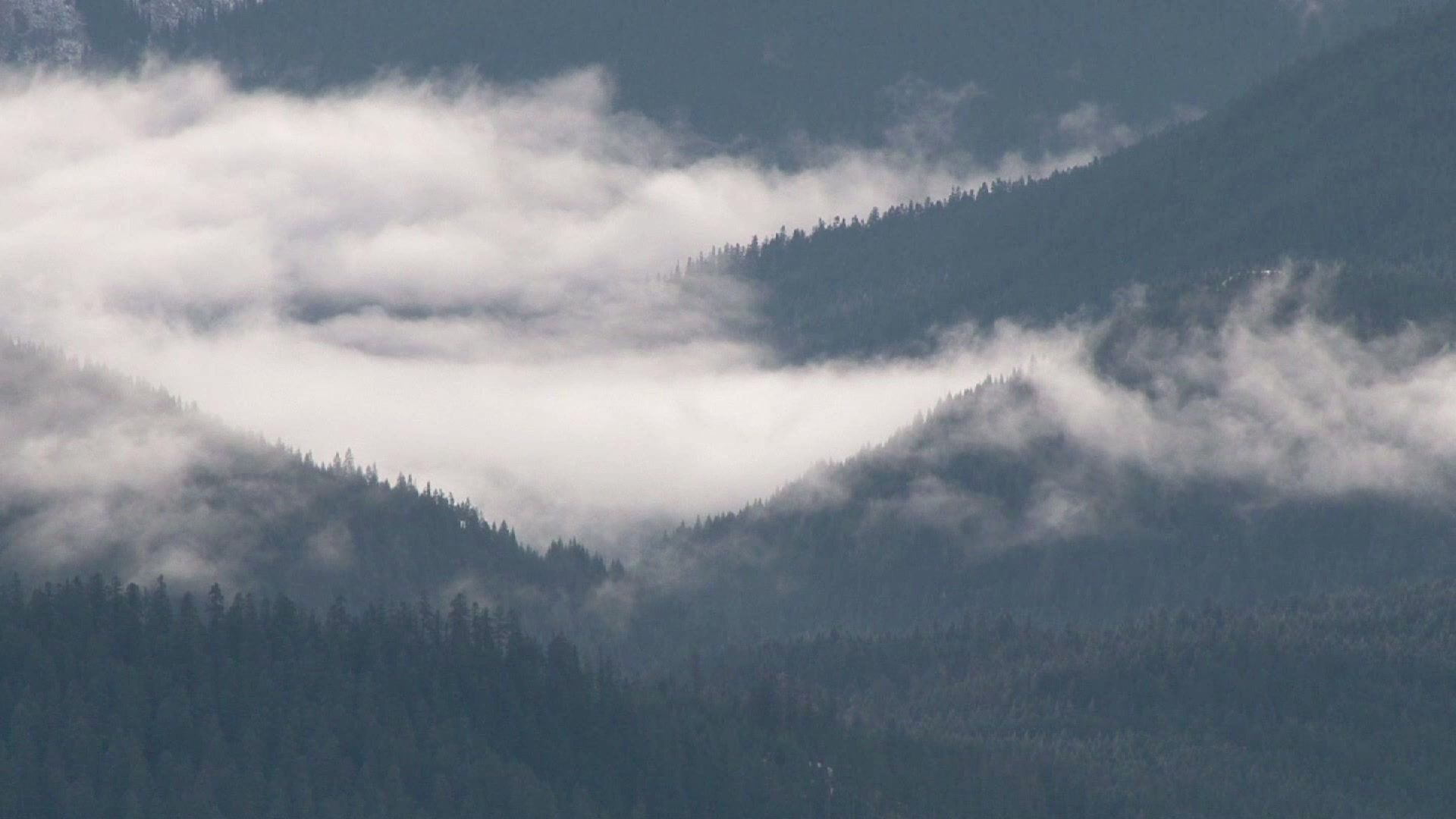

Making Surface maps
A surface map is a model of the horizon map which does not contain the wavelet information. There were two ways in which we created the horizon map. The first is when we created the fault polygon. To create the fault polygon, double click on the horizon to open the settings window. Select the Operations tab, then select the ‘create polygons and surfaces’ option. Input the fault folder, uncheck the ‘clean faults segment’ as this may get rid of some values of the faults, and check ‘keep intermediate’, then select ‘run’.
We can then apply surface smoothing on these surfaces to reduce the complexity of some features to ease our interpretation. However, we should not smoothen it too much, else we’d lose valuable information from the surface.
To smoothen the surface, double click the surface which will open the settings window. Under the Operations tab, select ‘surface operations’ then ‘smoothen’ and click ‘run’.
The second method of making the surface is by selecting ‘make/edit surface’ from ‘utilities’ under the Processes window. This will open a make/edit surface window. Then, input the horizon into the main input and define the grid size and position or select automatic.
This then creates a folder for the horizon in the input window, consisting of the boundary, the expanded boundary, the top surface, the base surface, the fault polygon, and the surface map. However, this method can only be executed if the horizon contains faults.








